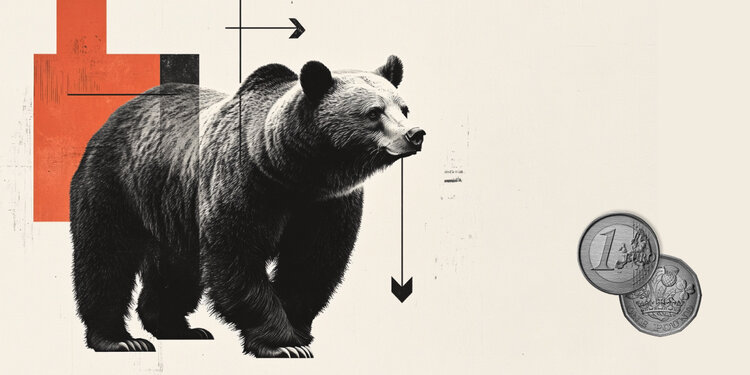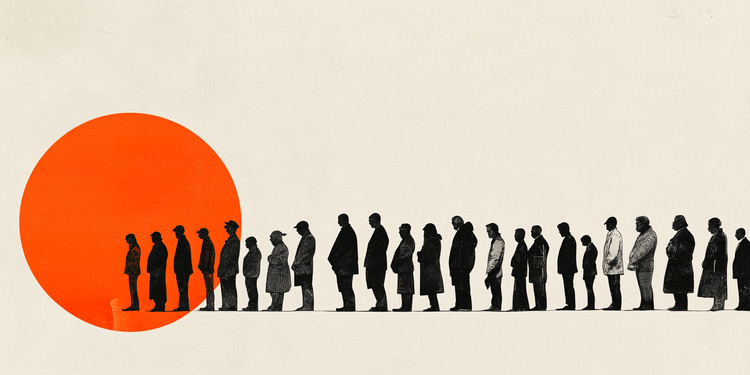When the freight train appeared, it looked like many others in the Paris suburb’s railway hub. But one thing made the train unusual: its journey began over 6,000 miles (about 9,600 km away) in western China.
The train carried more than three dozen 40-foot containers, each filled with goods such as party balloons and auto parts, and it ran from Xi’an to Paris. He traveled through China, Kazakhstan, Russia, Belarus, Poland, Germany and France, making the trip in five and a half weeks.
Once uncommon, long-distance train shipments between China and Europe have become increasingly common during the pandemic, as companies needing to move goods between major economies look for alternatives to complicated and expensive air and sea routes. .
“Five years ago, there were eight trains a day between China and Europe. Now there are 18, 20 trains a day,” said Xavier Wanderpepen, director of China-Europe freight trains at the French national railway company SNCF.
Rail shipments are especially popular with companies that need to transport perishable or time-sensitive goods and don’t want to pay for air freight. Containers can travel between Europe and China by train in just 20 days, while a sea journey can take up to 70 days.
But the railroad has its limitations: trains cannot carry as many containers as ships and are not immune from the logistical hassles related to the pandemic.
The train that the CNN Business tracked from China to France, for example, arrived nearly two weeks late in Paris because of rail traffic, congested by customs controls at the Polish border and a shortage of train drivers in Germany.
Still, more trains are arriving. Launched in 2011 as part of Beijing’s “Belt and Road” infrastructure program, the China-Europe rail service quickly expanded as the pandemic ravaged global shipping, making it much more expensive to ship goods by sea.
A record 15,000 freight train trips were made between China and Europe in 2021 — an 82% increase from the pre-pandemic total in 2019, according to Chinese state media. The trains transported 1.46 million containers.
The number of trains between France and China doubled between 2019 and 2021, according to Wanderpepen, although France arrived on the market later than other European countries.
The sharp increase in rail traffic is already causing overcrowding on the rails and putting infrastructure under pressure, meaning that trains between Europe and China offer only a limited alternative to ships — the largest transporting more than 20,000 20-foot containers (about 6 meters).
Containers that circulate between the European continent and the Asian country must be exchanged for new wagons twice. The first exchange is on the China-Kazakhstan border, while the other is on the Poland-Belarus-Russian border, as the former Soviet countries use a different rail gauge than China and Europe.
“We can say that there are too many trains today,” said Wanderpepen.
From crisis to opportunity
The vast network of ports, container ships and road haulage companies that transport goods around the world remains tangled up two years after the pandemic began, and the cost of freight has skyrocketed.
“We have congestion at seaports and container shortages because shipping volumes have increased,” said Felix Papier, professor of supply chain management at France’s ESSEC business school. “We have a shortage of logistics workers in various segments around the world.”
The output of 45% of French companies was limited by supply difficulties, according to data from the October survey published by the National Institute of Statistics and Economic Studies in the country. This is the highest level since the institute began disclosing this data in 1991.
Transporting goods by sea has become much more expensive. As of Jan. 6, the average cost of shipping a standard 12-meter container on eight major routes was $9,408, five times what was spent just before the pandemic erupted in early 2020, according to Drewry Shipping , based in London.
For comparison, moving a container from China to Paris via rail costs about $8,000, according to Wanderpepen.
In the other direction, that figure drops to around $2,000 thanks to Chinese government subsidies aimed at encouraging European companies to use the train to export to China. This made the trains more attractive.
Ligne Roset, a French luxury furniture maker, is one of the companies behind the surge in demand.
Since the start of the pandemic, Nicolas Mazuir, head of the company’s transportation department, has struggled with rising prices and limited shipping space to deliver sofas and chairs to customers around the world.
It’s the first time I’ve experienced a situation like this,” he said. By delivering to customers in China, a market that represents around 20% of Ligne Roset’s global business, rail transport has been a lifesaver for Mazuir, which started using it in 2020.
“All of our Chinese customers expect us to deliver quickly,” he said. “Railway solutions offer a real advantage, even if there is much less [trens]. It’s a real advantage in terms of time.”
From the Ligne Roset factory outside Lyon, Mazuir can ship goods on a freight train to China, which typically takes just four to five weeks to reach its destination.
In the case of maritime transport, the company would first have to transport the containers some 320 kilometers to the south, to the Mediterranean coast.
Delays of up to a month are possible if cargo ships avoid the port near Marseille, an increasingly common event during the pandemic.
“I wish there was a comparable solution for the US market,” Mazuir said.
trains are back
With the pandemic entering its third year and cases increasing rapidly due to the Omicron strain, experts say the stress on the supply chain will continue for some time.
The transport sector has yet to rebuild its networks, including hiring dock workers and truck drivers, as many changed jobs during the lockdowns, according to Papier.
“I think in terms of overall levels of congestion, in terms of transport costs, we will always be at a higher level than before the crisis,” he said.
This could mean a more significant role for trains. Rail transport represents only 5% of the total transport market between Europe and China. But that could double by 2030, according to Wanderpepen.
Watching goods from Xi’an being unloaded for later delivery to French companies, the railway executive was optimistic.
“Now the customer knows this solution and will keep it, even if the situation of problems with pandemic logistics in the world returns to normal”, he said. “The trains are back.”
(Translated text. Read the original by clicking here)
Reference: CNN Brasil
I am Sophia william, author of World Stock Market. I have a degree in journalism from the University of Missouri and I have worked as a reporter for several news websites. I have a passion for writing and informing people about the latest news and events happening in the world. I strive to be accurate and unbiased in my reporting, and I hope to provide readers with valuable information that they can use to make informed decisions.







